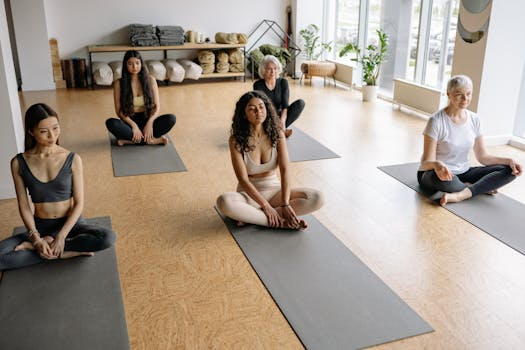The New PE: Focus on Lifelong Fitness and Wellness
Gone are the days of gym class consisting of dodgeball and running endless laps around a track. The traditional model of Physical Education, or PE, in schools has long been criticized for promoting unhealthy and competitive attitudes towards fitness. But a new wave of PE is emerging, one that focuses on lifelong fitness and wellness. This new approach aims to empower students to lead healthy and active lives beyond the school walls. With the rise of chronic health conditions and sedentary lifestyles, the need for a new PE curriculum has never been more urgent. Let’s dive into what this new PE entails and why it’s crucial for the future of our youth’s physical and mental well-being.
What is the New PE?
The new PE is a shift away from the traditional competitive and sports-based model towards a more inclusive and holistic approach to physical education. It puts an emphasis on health, wellness, and the development of lifelong fitness habits. It acknowledges that not all students enjoy or excel in traditional team sports and offers a wider range of options for physical activity.
Inclusive and Diverse Activities
The new PE offers a diverse range of activities, taking into consideration the different needs, interests, and abilities of students. It is no longer just about team sports but also includes activities such as yoga, dance, hiking, and strength training. By providing a variety of physical activities, students can find something that they truly enjoy and can continue to engage in beyond their school years.
Focus on Individual Progress and Health
One of the key differences between the new PE and the traditional model is the focus on individual progress rather than competition. Instead of pushing students to beat their classmates or achieve a certain score, the new PE emphasizes personal growth and improvement. This shift in mindset promotes a healthier relationship with physical activity and encourages students to set realistic and achievable goals for themselves.
Integration of Mental Health and Well-being
Physical and mental health are intrinsically linked, and the new PE recognizes the importance of addressing both. It incorporates mindfulness practices, stress-management techniques, and discussions on the importance of mental well-being into the curriculum. By promoting mental health in PE, students learn valuable skills that they can apply to all aspects of their lives.
Benefits of the New PE
So, why is the new PE essential for students? Here are a few of the many benefits it provides:
Promotes Lifelong Health and Wellness
By teaching students the value of physical activity and how to incorporate it into their daily lives, the new PE instills healthy habits that can last a lifetime. It empowers students to take control of their physical well-being and promotes a positive attitude towards health and fitness.
Increases Inclusivity and Accessibility
The traditional model of PE can often leave students feeling excluded or discouraged if they do not excel at team sports. The new approach offers a more inclusive and diverse range of activities that cater to different abilities and interests, making all students feel welcome and valued in the class.
Improves Mental Health
Physical activity has been proven to have a positive impact on mental health, and the new PE deliberately integrates this aspect into its curriculum. It provides students with tools to manage stress, develop resilience, and improve their overall well-being.
Prepares Students for the Future
The new PE goes beyond just teaching students how to play sports; it equips them with practical skills that they can apply to their daily lives. From setting personal goals and managing their time to understanding the importance of self-care, the new PE prepares students for a healthy and successful future.
In Conclusion
The traditional model of PE is outdated and no longer serves the needs of our students. The new PE offers a more inclusive, diverse, and holistic approach to physical education. It prioritizes the development of lifelong fitness habits and addresses the importance of mental health. By empowering our youth to take control of their physical and mental well-being, the new PE sets them up for a healthier and brighter future. Let’s embrace this necessary change and give our students the tools they need to lead healthy and fulfilling lives.










